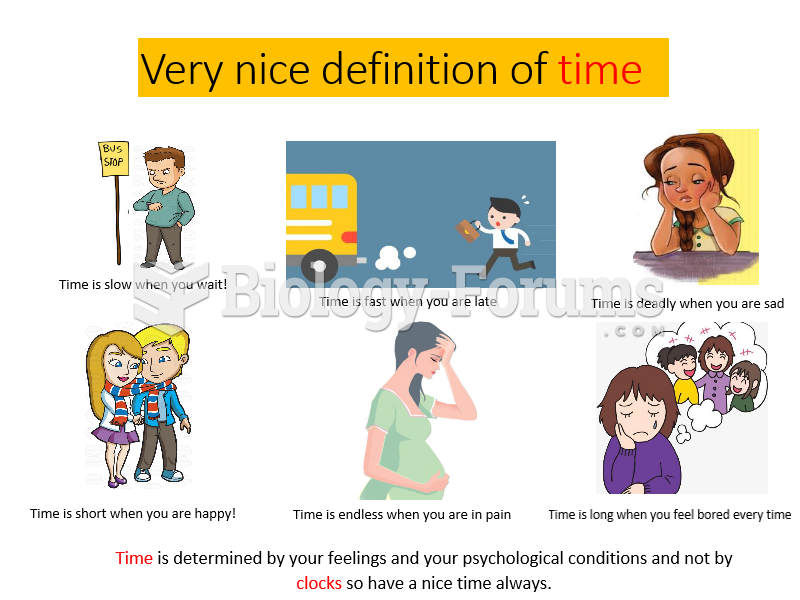Answer to Question 1
Just as we may need to contact someone immediately, we may also need a response from that person just as rapidly. The most rapid forms of communication are generally electronic. However, depending on the person with whom you are communicating, his or her personality, and your relationship, communicating with a person via an electronic channel does not guarantee prompt feedback. In other words, corporate cultures and individual people may have preferences for specific communication channels or mediums and differing communication practices.
Many channels of communication are relatively inexpensive for business users. Mail, email, text messages, telephones, faxes, wikis, blogs and blog applications, social media, videoconferencing and teleconferencing tools, and Skype are generally considered inexpensive forms of communication. These tools have made it much less expensive for stakeholders both inside and outside organizations to communicate with each other, regardless of their location. Still, there are times when it may be appropriate to choose the greater expense of arranging a face-to-face meeting, such as when introducing members of a virtual team who will be working on an important project for some time or interviewing job applicants for key positions.
Answer to Question 2
Some channels of communication provide more information than others. Generally, the richest channels of communication provide nonverbal information in addition to that provided in written or oral form. For this reason, the richest channel of communication is face-to-face, or interpersonal. Face-to-face communication provides participants a rich source of information, including vocal cues, facial expressions, bodily movement, bodily appearance, the use of space, the use of time, touching, and clothing and other artifacts. In addition, face-to-face communication provides opportunities to facilitate feedback and establish a personal focus. These aspects also contribute to the richness of interpersonal communication as a channel of communication.
Some channels of communication are more ambiguous or leave more room for interpretation of a message being sent than others. Nonverbal communication may be the most ambiguous channel of communication because it requires an audience to interpret almost the entirety of a message. Nonverbal communication is difficult to interpret for a variety of reasons, mainly because it is not generally considered a coded language. Because of this, one nonverbal code may communicate a variety of meanings. Similarly, nonverbal communication can be difficult to interpret because a variety of codes may communicate the same meaning. A third issue that may affect a person's ability to interpret nonverbal codes accurately is intentionality. Some nonverbal codes are sent intentionally, and others unintentionally.







